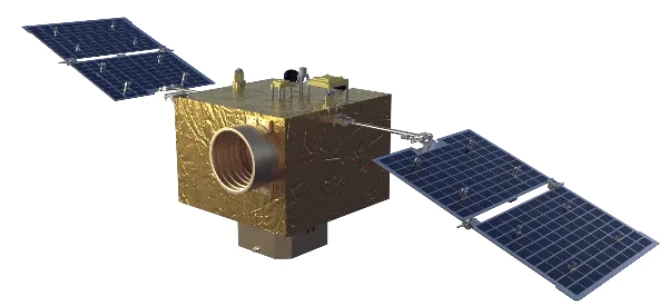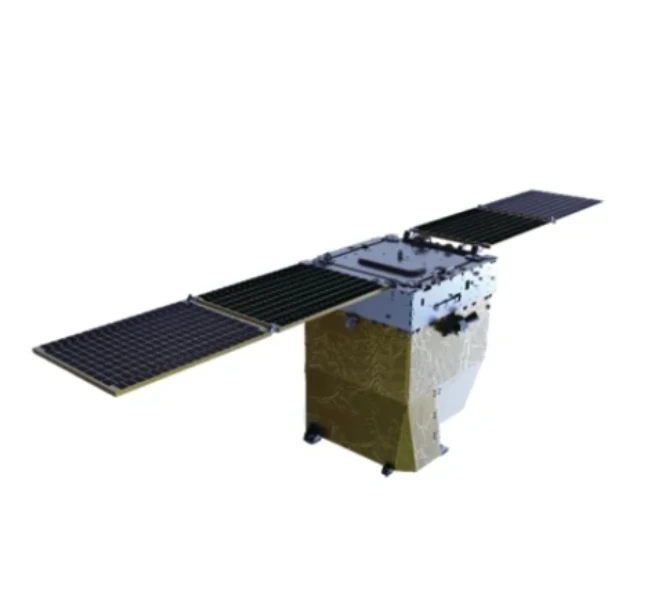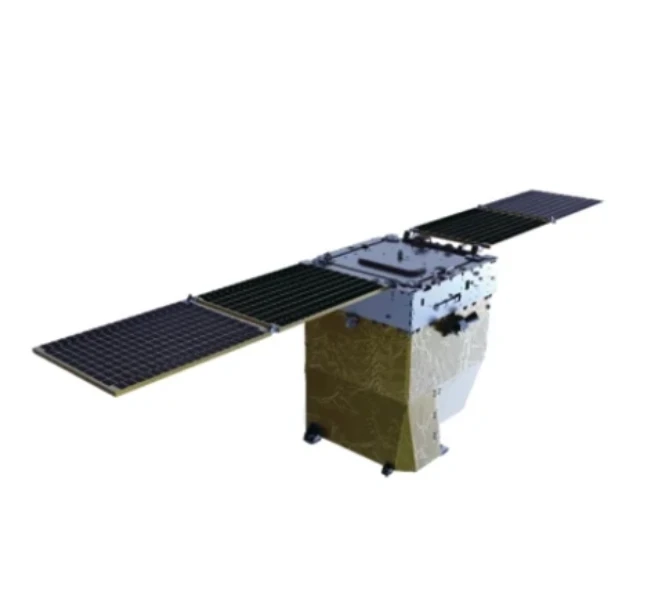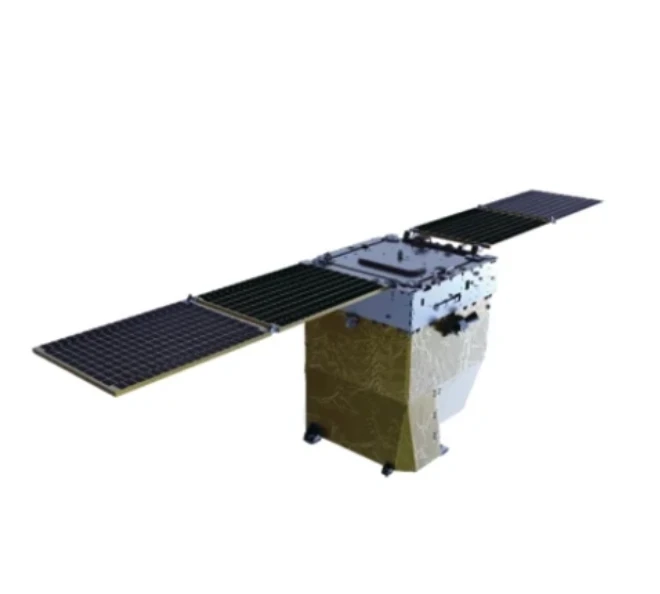
- Afrikaans
- Albanian
- Amharic
- Arabic
- Armenian
- Azerbaijani
- Basque
- Belarusian
- Bengali
- Bosnian
- Bulgarian
- Catalan
- Cebuano
- China
- Corsican
- Croatian
- Czech
- Danish
- Dutch
- English
- Esperanto
- Estonian
- Finnish
- French
- Frisian
- Galician
- Georgian
- German
- Greek
- Gujarati
- Haitian Creole
- hausa
- hawaiian
- Hebrew
- Hindi
- Miao
- Hungarian
- Icelandic
- igbo
- Indonesian
- irish
- Italian
- Japanese
- Javanese
- Kannada
- kazakh
- Khmer
- Rwandese
- Korean
- Kurdish
- Kyrgyz
- Lao
- Latin
- Latvian
- Lithuanian
- Luxembourgish
- Macedonian
- Malgashi
- Malay
- Malayalam
- Maltese
- Maori
- Marathi
- Mongolian
- Myanmar
- Nepali
- Norwegian
- Norwegian
- Occitan
- Pashto
- Persian
- Polish
- Portuguese
- Punjabi
- Romanian
- Russian
- Samoan
- Scottish Gaelic
- Serbian
- Sesotho
- Shona
- Sindhi
- Sinhala
- Slovak
- Slovenian
- Somali
- Spanish
- Sundanese
- Swahili
- Swedish
- Tagalog
- Tajik
- Tamil
- Tatar
- Telugu
- Thai
- Turkish
- Turkmen
- Ukrainian
- Urdu
- Uighur
- Uzbek
- Vietnamese
- Welsh
- Bantu
- Yiddish
- Yoruba
- Zulu
Understanding Satellite Remote Sensing Data and Its Applications
In the modern world, satellite remote sensing data plays a crucial role in capturing vast amounts of information from Earth. With the advancement of satellite technology, industries from agriculture to disaster management can now make informed decisions based on high-quality imagery and data collected through remote sensing. From monitoring weather patterns to analyzing environmental changes, satellite images obtained by remote sensing offer insights that are invaluable for various applications.
What is Satellite Remote Sensing Data?
Satellite remote sensing data refers to the information gathered by satellites orbiting Earth. This data includes imagery, weather patterns, environmental changes, and communication signals, all captured by sensors and cameras aboard satellites. These satellites can monitor and capture information about the Earth's surface, oceans, atmosphere, and even outer space.
The satellite remote sensing data collected is used across multiple industries, including agriculture, disaster management, environmental monitoring, defense, and scientific research. By analyzing this data, experts can detect environmental changes, track vegetation growth, and monitor urban development, helping decision-makers take proactive actions in various fields.
Landsat in Remote Sensing: Revolutionizing Earth Observation
One of the most well-known sources of satellite remote sensing data is the Landsat program, which has been capturing detailed imagery of Earth’s surface for decades. Landsat in remote sensing provides a long history of consistent satellite imagery, offering invaluable insights into environmental and urban changes over time.
Landsat satellites are equipped with sensors that capture a range of wavelengths, enabling the observation of land cover, forest health, agricultural patterns, and even urban sprawl. The Landsat remote sensing data is used by scientists, governments, and researchers to track deforestation, monitor water bodies, and assess changes in land use. This historical data is essential for understanding climate change and managing natural resources effectively.
Night Time Light Satellite Imagery: Unveiling Insights after Dark
Another fascinating application of satellite remote sensing data is the capture of night-time light satellite imagery. This data is particularly useful for studying human activity, urban development, and economic growth during the night. Satellites that capture night-time light satellite imagery can detect artificial light emissions, which can be indicative of population density, industrial activity, or infrastructure development.
By examining night-time light satellite imagery, researchers can gain insights into the economic and social development of regions, monitor the effects of power outages, or even assess the impact of natural disasters in urban areas. The ability to monitor activity after dark provides a unique perspective on how cities and regions are growing and developing over time.
How Satellite Images Are Obtained by Remote Sensing
Satellite images obtained by remote sensing are gathered through a variety of sophisticated sensors and imaging systems onboard satellites. These systems capture data in multiple wavelengths, from visible light to infrared and radar signals. Depending on the type of satellite and its sensors, the images can provide detailed information about the Earth’s surface, vegetation, water bodies, and built environments.
To capture satellite images accurately, satellites are equipped with specialized sensors such as multispectral and hyperspectral imaging systems. These sensors scan the Earth’s surface in different bands of light, providing detailed images that can be processed to reveal features that are not visible to the human eye, such as crop health, water quality, or urban heat islands.
How to Get Satellite Images for Your Needs?
If you need satellite images for specific applications, there are several ways to access this data. Many government agencies, like NASA and the European Space Agency (ESA), provide open access to historical satellite remote sensing data from missions like Landsat and others. Additionally, commercial satellite companies offer high-resolution, real-time satellite imagery for purchase.
To get satellite images, you can visit online platforms like Earth Observing System Data and Information System (EOSDIS) or commercial satellite imagery providers that sell or provide subscription-based services for imagery access. Whether you're looking for satellite remote sensing data for environmental monitoring, urban planning, or agricultural research, these platforms offer a variety of tools to explore, purchase, and download satellite imagery.
Satellite remote sensing data FAQs
What is satellite remote sensing data?
Satellite remote sensing data refers to the information gathered by satellites orbiting Earth, including imagery, weather patterns, environmental changes, and communication signals. This data is used in various industries to monitor changes and support decision-making.
How does Landsat contribute to remote sensing?
Landsat is a satellite program that provides high-resolution imagery of Earth's surface, allowing scientists and researchers to track environmental changes, urban growth, and land use over time. Its consistent data is invaluable for studying the Earth’s changing landscape.
What is the use of night-time light satellite imagery?
Night-time light satellite imagery captures artificial light emissions from cities and regions, offering insights into human activity, urban development, and economic growth. This data helps in monitoring infrastructure, population density, and the effects of power outages.
How are satellite images obtained by remote sensing?
Satellite images obtained by remote sensing are captured by specialized sensors onboard satellites. These sensors record data across various wavelengths, including visible light and infrared, allowing for detailed imaging of Earth’s surface and features.
Where can I get satellite images for my research?
You can access satellite images through platforms provided by government agencies like NASA and ESA, which offer free data, or through commercial satellite companies that provide high-resolution imagery for purchase or subscription.











